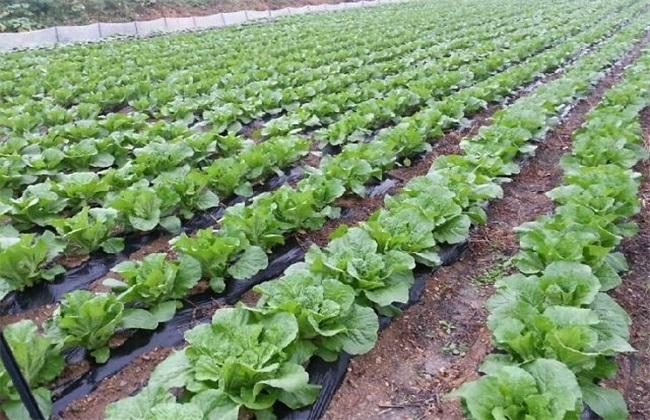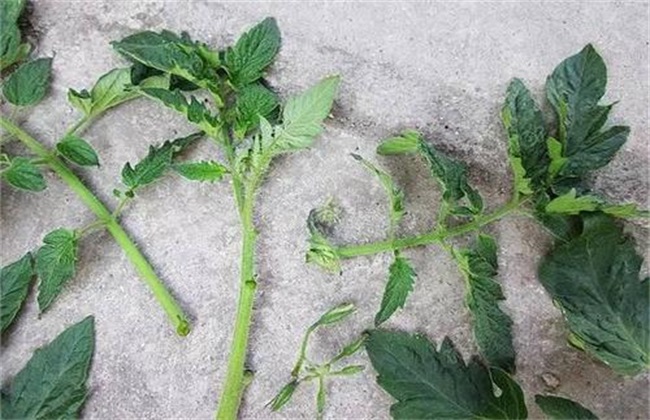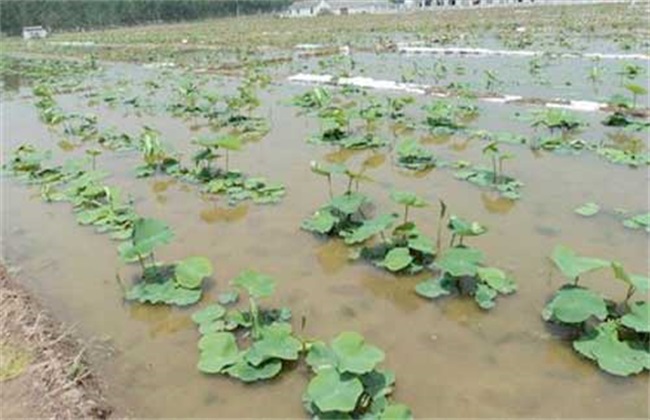Field management of Chinese cabbage in autumn and winter
Chinese cabbage can be said to be the most eaten vegetable in our life. The nutritional value of Chinese cabbage is very high and is welcomed by many people. With now gradually entering the autumn, autumn and winter Chinese cabbage is also gradually to sowing time. When planting autumn and winter Chinese cabbage, management is very important. So how to manage Chinese cabbage in autumn and winter? The following editor brings you the field management of autumn and winter Chinese cabbage. Let's have a look!

1. The seedlings are fixed
In the autumn and winter Chinese cabbage seedling stage, in order to avoid the phenomenon of overcrowding and overgrowth of Chinese cabbage seedlings. In order to do a good job of interseedling work, the whole seedling stage should be about 3 times. It is usually done when pulling the cross, 3 leaves and 6 leaves. When the seedlings grow to 3-4 weeks and enter the rosette stage, do a good job of fixing the seedlings. Plant distance is controlled according to variety, water and fertilizer conditions and other factors. In general, the plant distance of medium varieties of cabbage should be kept at about 50cm, while that of large varieties should be kept at about 60cm. If there is a lack of seedlings, then the seedlings should be replenished in time.
2. Ploughing and weeding
During the seedling of Chinese cabbage, it can be combined with the work of intertillage. The number of times of intertillage should also be kept at about 3 times, usually in the second time between seedlings, fixed seedlings and the middle rosette of Chinese cabbage. The first intermediate ploughing should be mainly shallow ploughing, the second ploughing should be properly deep-rooted, and the last intermediate ploughing should not hurt the roots of cabbage. In the middle ploughing, it should also be combined with weeding and soil cultivation, and the furrow soil should be put into the side of the ridge to protect the growth of the root system and improve the drainage and irrigation in the field.
3. Water and fertilizer management
Whether Chinese cabbage is planted in autumn, winter or spring, the demand for water and fertilizer is very great. Water and fertilizer is also very important to the growth of Chinese cabbage. We should control the amount of water and fertilizer according to the growth stage of Chinese cabbage. When fertilizing, the types of fertilizers should be controlled according to the nutritional needs of cabbage, which are mainly organic fertilizers and ammonium sulfate. When fertilizing, we should pay attention to control the amount of fertilizer, do not fertilize too much, to prevent fertilizer damage. Watering is the same. While meeting the water demand of Chinese cabbage, it is necessary to control the amount of watering and not to water too much, otherwise the yield and quality of Chinese cabbage will be greatly affected.
4. Pest control
The disease resistance of Chinese cabbage is not very strong. In the growth process of Chinese cabbage, the common diseases and insect pests are downy mildew, virus disease, aphids and so on. The prevention and control of diseases and insect pests is very critical, which directly affects the yield and quality of cabbage. We should pay attention to the management when planting. Strengthen the management of fertilizer and water, cultivate the soil, and so on. Then regular disinfection should be carried out to eliminate germs in the field. And often observe the growth of cabbage, after the discovery of anomalies, to find out the cause in time, and then make corresponding treatment.
The above is a brief introduction to the field management of Chinese cabbage in autumn and winter. That's all for today's introduction. This article is for reference only. I hope it can help you all.
Related
- Where is it suitable to grow horseradish in China? it is expected to see the middle altitude horseradish in Alishan.
- How to prevent tomato virus disease reasonably? (Control methods included)
- Many people like to plant towel gourd on the balcony. What are the main points of this method and management?
- What crops can chili peppers be mixed with?
- Fertilization techniques and matters needing attention in Tomato
- What are the grafting techniques for peach seedlings in spring?
- Harm and control methods of root swelling disease of Chinese cabbage
- What are the pests of sweet potatoes? How to prevent and cure it?
- Symptoms, causes and Control methods of navel Rot in Tomato
- The cause of "Cucumber rotten bibcock" in Farmers' planting Cucumber and its Control Plan



